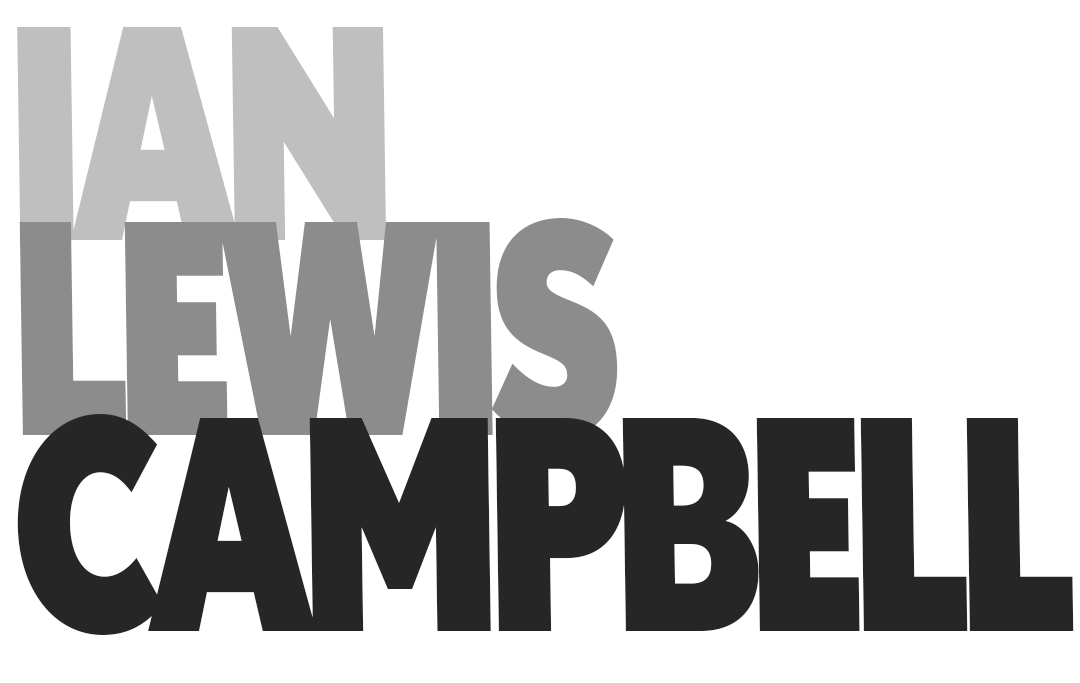Riding the Creative J Curve
From Destruction To Creation
There is a common concept in economics, and likely other fields, called the J Curve. It visualizes an initial descent and negative result from a change. When applying a new policy or changing behavior, tracking progress will take a J Curve formation, dipping below the positive line for the first phase of the change. However, if successful, it will then rise up, capitalizing on a positive outcome with even more growth, value, or accrued change. That is the possibility, at least.
Powerful, Yet Messy
We do ourselves a disservice when thinking any differently about the creative process, especially in our work where our creations, however poorly briefed or under-budgeted, have to accomplish a certain goal. We will always start out in the red, not getting it right, but with time, interactions, and trust in the process, our J Curve will rise and start to produce positive momentum.
This can be attributed to the creative-destruction concept: for every act of creation, there is an act of destruction, and for every act of destruction, there is an act of creation. The accumulation of the creative-destruction process is one of growth and development. The natural world abounds with such examples, and even though we are in the professional sphere, our creative process is still within the realm of the natural.
In our process, there will be moments, many moments, where the creative process is destroying the outcome. This destructive process—taking apart primary assumptions, false first steps, faux best ideas from last week—is the creation needed to make it to the next step. Here lies the paradox, which can't be plotted on a chart, isn't accounted for in our timelines and budgets as a block of time, and is the aspect that makes the creative process powerful, yet messy.
It must be taken as a type of axiom that the creative process doesn't start from zero and reach one following a straight line. The linearity may be rectilinear, but it won't be without its stops, starts, breaks, and so forth. The real picture won't appear any other way except like the J Curve, dipping below the progressive line to rise later in time and achieve progress only when the positive aspects of negative momentum have been realized. This is part of the process, part of the problem, and most importantly, part of the solution.
Other people running different parts of your project may not be able to comprehend this aspect. They can't account for negative progress; they can only create straight, temporal lines that have a beginning, middle, and end that are inherently progressive. So we are made to speak the language of the assembly line, but we have to create with the natural process. We have to be more organic, working on a project with a perspective more akin to the progression of seasons, with winter's demise and spring's growth as a model.
We don't have a choice. It often feels as if there is a disconnect between our process and the outcome. How simple is it to understand a series of banner ads with copy, photography, layout, and iconography? This is the language of the factory, though. Listing the ingredients doesn't tell you how to put them together. For that, the process of trial and error, right and wrong, starts and false starts takes over. The J Curve will always be the description of the process. Your work will come from the parts that are taken away, removed, or found hiding in other parts.
It's counterintuitive to think this way. It won't be seen and mapped by project managers. It won't be budgeted by accounts. But it is the real relationship between the thinking and creative process that is likely to maintain and interest us as we do work. It is often disheartening that the process is routinely over-analyzed, expected to be right or wrong, come immediately to fruition, and be a process of assembly. It is disheartening when our real process can't follow this pattern. We veer off course easily because creativity demands it, the destructive force wills it, and the ideas require it. But what this organic axiom does reveal is that buried in the process, there is a way for each and every creator to get to an end if the J Curve can be accepted.
Pushing hard against the language of the factory and the process of the machine is the one way to keep value allocated to the way in which we do work. It isn't the linearity that is intriguing; anyone can take the straight line. That is a prescriptive process. Our interest lies in the generative, the mistakes, the outcomes unaccounted for. There is beauty and truth in the J Curve that gives us rationale for doing, and once the positive, productive part of the project is reached, the mysterious nature is over, and we must become managers and stewards of our own doing. So fall into the curve, make it yours, find a way within it that leads down, around, and through.



